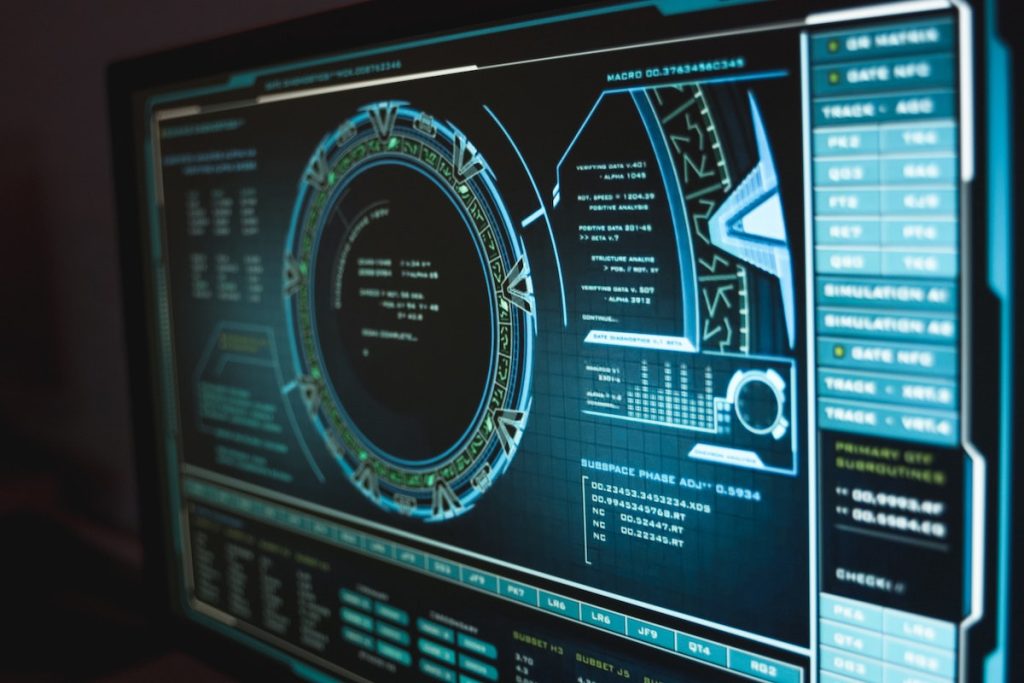- Monitor system performance metrics and utilize SQL server tuning services to ensure efficient performance and minimize downtime.
- Consistently implement preventive maintenance processes and regularly check and update hardware and software.
- Utilize automated tools for system maintenance tasks, such as scaling up or down according to needs and avoiding costly errors.
- Establish a backup policy to protect against data loss and ensure that all backups are reliable and up-to-date.
As the IT industry continues to grow and evolve, it is increasingly essential for companies to ensure that their systems remain efficient. This means regularly maintaining and updating their technology to maximize performance. However, this can be tricky because many factors are involved.
Fortunately, some simple maintenance tips can help IT companies achieve optimal efficiency. By following these easy steps, businesses can ensure they get the most out of their investments while minimizing downtime and maximizing productivity. This article will discuss the importance of regular maintenance and outline specific tips for achieving efficient performance in IT companies.
Monitor system performance metrics
Monitoring system performance metrics is an essential step for IT companies to ensure the efficient performance of their systems. This involves monitoring various metrics, from memory usage and disk space to response times. If any outliers appear in these measurements, it might be a sign of potential issues.
The best way to handle this is to use SQL server tuning services – they have the expertise and resources to identify potential issues accurately before they turn into costly problems. By using such services regularly, IT companies can avoid considerable downtime and ensure that their systems are running as efficiently as possible.
Implement preventive maintenance processes
Regularly check and update your hardware and software.
Within an IT company, keeping your hardware and software updated and in good working order is essential. Poorly maintained systems can lead to slow performance and create security concerns, so regular checks are necessary. By proactively reviewing the system regularly and ensuring the hardware is free of debris and other damage, employees can ensure that their plans will be ready for all tasks.
Additionally, software should be updated when patches are released to protect from viruses, Trojans, and other malicious software. Failing to keep hardware and software up-to-date may cause decreased productivity, sluggish performance, or other security risks for the team. IT companies need to remember the importance of staying on top of their technology maintenance needs – doing so will help them remain competitive in their market.
Utilize automated tools for system maintenance tasks
Automation can be a handy tool in IT companies, allowing IT teams to complete more critical tasks quickly. Mechanizing necessary systems maintenance tasks is no exception – when done correctly, automated services can help cut costs, save time, and reduce errors.
To ensure automated tools correctly handle system maintenance, organizations should develop strategies for deploying the right technology for their particular needs. This means considering the complexity of their network and data environment and analyzing other potential maintenance requirements, such as scalability and security compliance.
Additionally, organizations should closely monitor their automated services to monitor performance accuracy and check for warning signs, like any suspicious activity from outside sources. Doing this will help organizations achieve efficient performance and give them peace of mind that their systems are secure.
Establish a backup policy to protect against data loss
Establishing a robust backup policy is essential for any IT company to ensure efficient performance and protect against data loss. The policy should set procedures for backing up on local hard drives and remote cloud storage or other data center-based options. It should also define which files are appropriate for backup and specify how changes or updates need to be managed.
In addition, it should outline the frequency of backups and create a framework for testing the reliability of backups. Finally, the policy needs to identify who is responsible for ensuring backups occur by the established policy. Having a clear backup policy can help save time, money, and resources while helping IT companies minimize their risk of catastrophic data loss.
Clean up unnecessary items regularly
Maintaining a well-organized IT infrastructure is critical for any business to maximize efficiency. Regular cleaning and maintenance of junk files, applications, and other unnecessary items should be part of a company’s routine process to ensure their systems run as smoothly as possible.
Taking the time to purge old data, check for invalid registry entries, install service packs, and perform preventive maintenance will also help protect IT networks and computers from malicious software attacks. Additionally, having proactive policies in place that monitor system logins and impose limits on bandwidth usage can alert IT professionals of attempts at system abuse.
Securely store all sensitive information
In IT companies, it is essential to have secure storage systems for sensitive information such as client data, financial details, and personal employee records. Without proper storage of this information, businesses risk facing potential security issues that can impact performance in a myriad of ways.
To ensure optimal safety and efficiency within an IT company, selecting and using a secure database system that can adequately store all relevant data while providing privacy options is important. Additionally, specific measures should be taken, such as regularly backing up the data and using vital encryption techniques when necessary.
These are just a few tips that can help IT companies achieve an efficient performance. By following these simple maintenance steps, organizations can ensure they get the most out of their technology investments while protecting their systems from potential disasters.





